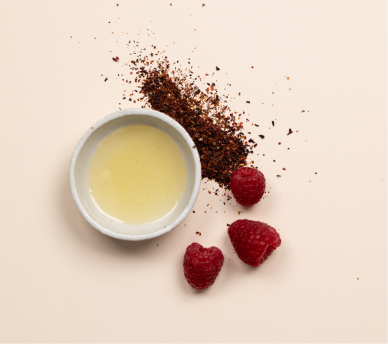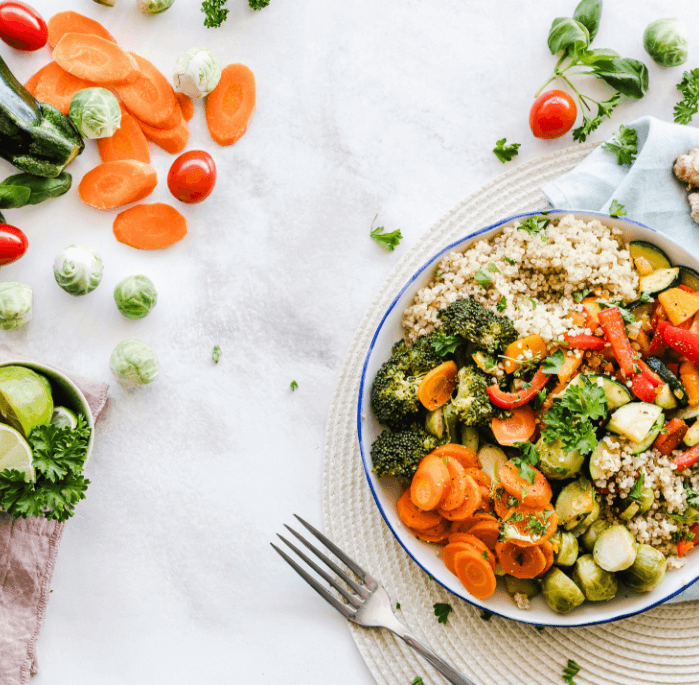Despite the changes in our diets and the variety of options, the one thing that has not changed is the need for leafy greens in our diets. Learn why leafy greens are so important and which top the list of the top leafy greens you should be adding to your diet.
Why We Need Super Greens
Leafy greens are extremely important for our diet and serve many benefits to our bodies.
- Boost our immune system to fight disease
- Improve circulation
- Provide vitamins that help prevent cancer
- Purifies our blood
- Provide energy
- Helps reduce inflammation
- Improves kidney, liver and intestinal function
Top Leafy Greens to Add to Your Diet
Although many of us may have a difficult time naming more than a few leafy green vegetables, there is actually a large group from which we can choose. Variety is the spice of life, so start getting your variety of leafy greens today.
Kale
This is probably your best all-around leafy green. It offers everything we need: Vitamin A, C and K; calcium, potassium and folate. It also acts as an antioxidant and promotes good eye health. Kale varies in color and from cream to purple to black. It only takes a few minutes to prepare kale and it tastes delicious cooked in olive oil and garlic.
Collards
Similar to kale in nutritional value, collards have a taste a lot like cabbage and also act as antioxidants. They’re often slow cooked with ham or turkey, or they can be used as a tortilla wrap. Collards are very low in calories.
Turnip greens
Rich in Vitamin A, C, K and antioxidant properties, turnip greens are also good for eyesight, anemia and iron. Turnip greens are great in salads and offer flavor from both the turnip top and the bottom.
Spinach
With all the ways spinach can be prepared, it’s no wonder it was Popeye’s favorite food. Spinach is an excellent source of Vitamins A and C, as well as folate. It only takes a few minutes to prepare and can be eaten plain or in casseroles and pasta. Unlike many other vegetables, spinach has more nutritional value cooked than raw.
Swiss chard
Tastes a lot like beet greens and spinach. It can be eaten raw in salads or sautéed with olive oil and garlic. It’s also very low in calories. Many gardeners enjoy planting Swiss chard because when it’s cut, the plant continues to grow.
Mustard greens
A favorite in the South, mustard greens are rich in many vitamins and nutrients, much like turnip greens, mustard greens and collards. While they smell like mustard and taste like pepper, they’re delicious when mixed with lemon juice or vinegar. Mustard greens are a good choice for smokers or asthma sufferers, and offer relief from menopausal symptoms.
Broccoli
Broccoli is a great source of Vitamin A, C, K, B6, protein, folate and potassium. It’s also high in fiber and has both antioxidant and anti-carcinogen properties. The great thing about broccoli is that it’s delicious both raw and cooked.
Broccoli Rabe
Although rabe looks like broccoli, it’s part of the turnip family and has the same great benefits. In addition to being rich in Vitamins A, B and C, it also acts as an anti-inflammatory. Rabe can be cooked with peppers and garlic, and eaten alone or added to casseroles, pasta or stir fry dishes.
Romaine Lettuce
This delicious leafy green is great on salads, with the red variety slightly more nutritional than the green variety. Lettuce has a multitude of vitamins and healthy nutrients.
Cabbage
Although this green veggie casts off a strong smell, it’s delicious in many foods. It also offers an excellent source of fiber. It’s available red or green and can be eaten raw or cooked.
If you’re already juicing or making daily smoothies, these super greens will be a great addition to your drinks. Remember to always buy organic to avoid the myriad of health issues that insecticides are linked to!











